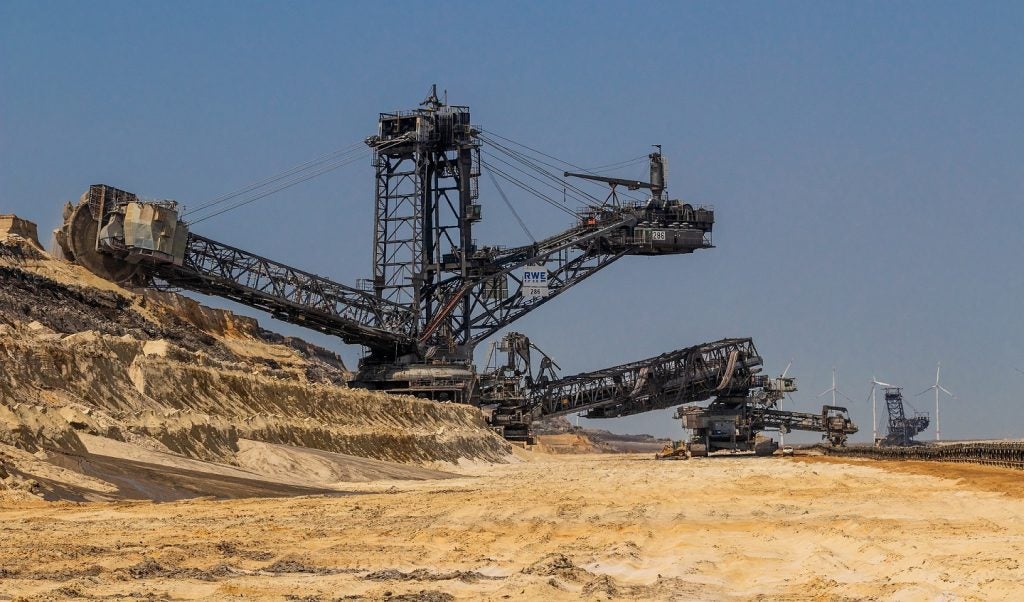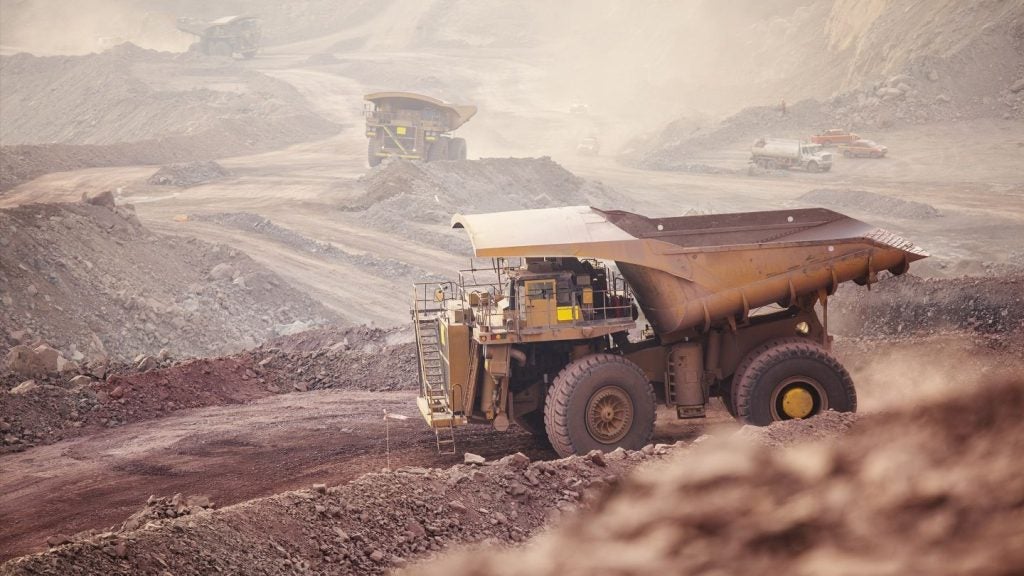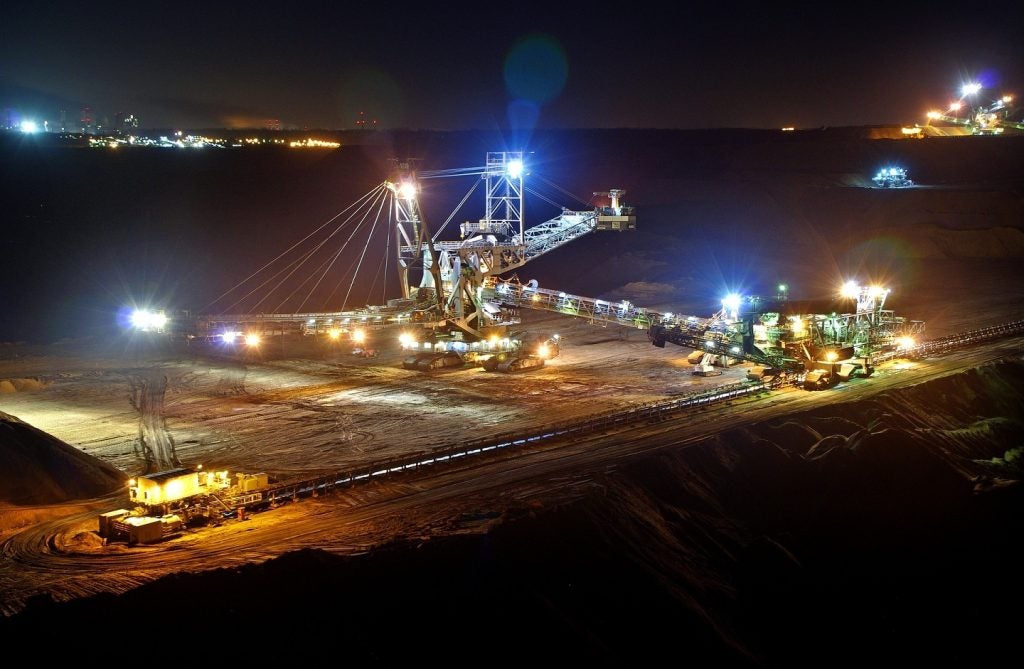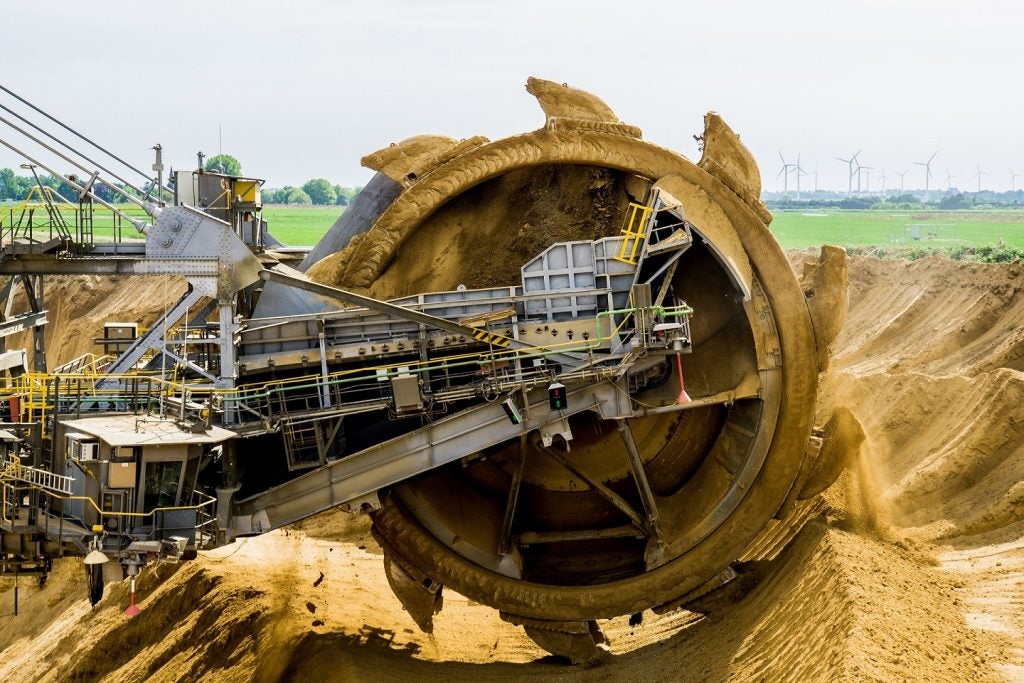Mining contributed a record A$455bn ($298.64bn) in export revenue for Australia in the 2022–23 financial year, according to recent data from the Australian Bureau of Statistics (ABS).
This figure represents two-thirds of all export revenue for the nation and is a 10.5% increase on 2021–22, which was the previous record year.
According to the data, Australia's export revenue from all coal totalled A$128bn. Iron ore exports came in close second, yielding A$125bn, while gold contributed A$27.4bn to total national export revenue, aluminium A$14.9bn and copper A$12.5bn.
The data also showed export growth in clean energy technology metals such as nickel (51%), zinc (30%) and copper (17%), while coal exports also continued to grow 11%, and gold performed, growing 5% for the financial year.
A report published in April by the Australian Government’s Department of Industry, Science and Resources predicted that the country’s revenue from critical minerals will match that of coal by 2028. Growth in renewable technology materials including lithium, nickel, cobalt and rare earth metals will see a significant increase this decade, while interest in coal has already reached its peak, the report said. It also predicted that export revenue from thermal coal will fall to A$19bn, down one third from current levels by 2027–28.
According to the Minerals Council of Australia, a partisan industry association representing Australia’s major mining companies, over the past decade the total contribution of minerals, metals and energy commodities to export revenue has totalled A$2.7trn.
According to separate statistics from the ABS, despite record contributions to export revenue for the year in May, the mining industry reported the largest fall in business turnover of the 13 selected industries.
Robert Ewing, ABS head of business indicators, said: “Mining turnover fell 6% in May, following a 12.1% fall in April, as demand and prices for commodities such as iron ore and coal come off recent highs.
“Increased monthly turnover was seen in 11 of the 13 selected industries in May, after most industries saw falls in turnover in the previous month. Electricity, gas, water and waste services recorded the largest monthly percentage rise, increasing 12.8% after falling 7.5% in April.”
The decrease in turnover was driven by a 0.5% fall in iron ore mining, largely caused by planned maintenance and shutdowns. A 2.6% fall in the mining of other materials due to wet weather disrupting gold and copper production in key areas also contributed to the decline.















